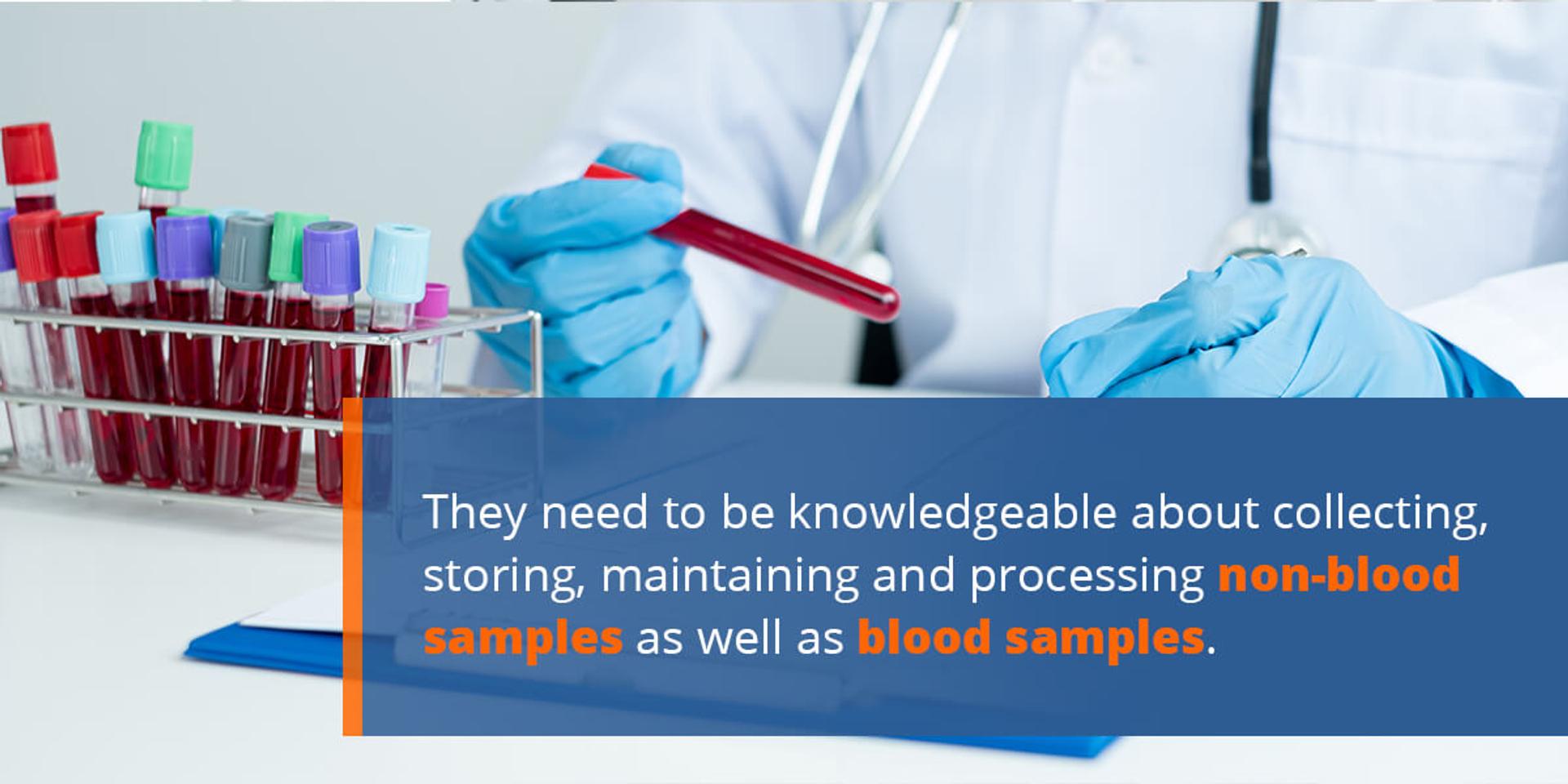The Main Principles Of Northeast Medical Institute - New Haven Campus Phlebotomy Course & Cna Class
The Main Principles Of Northeast Medical Institute - New Haven Campus Phlebotomy Course & Cna Class
Blog Article
The Of Northeast Medical Institute - New Haven Campus Phlebotomy Course & Cna Class
Table of Contents10 Easy Facts About Northeast Medical Institute - New Haven Campus Phlebotomy Course & Cna Class DescribedThe Ultimate Guide To Northeast Medical Institute - New Haven Campus Phlebotomy Course & Cna Class5 Simple Techniques For Northeast Medical Institute - New Haven Campus Phlebotomy Course & Cna ClassNortheast Medical Institute - New Haven Campus Phlebotomy Course & Cna Class Can Be Fun For AnyoneNot known Details About Northeast Medical Institute - New Haven Campus Phlebotomy Course & Cna Class Northeast Medical Institute - New Haven Campus Phlebotomy Course & Cna Class - Questions
The use of such gadgets need to be gone along with by various other infection prevention and control methods, and training in their usage.For settings with low sources, cost is a motoring aspect in procurement of safety-engineered gadgets - PCT Courses. Where safety-engineered tools are not offered, competent usage of a needle and syringe serves. Unintentional exposure and certain information regarding a case ought to be videotaped in a register. Assistance solutions ought to be promoted for those that undertake unexpected exposure.
Among the crucial markers of quality of treatment in phlebotomy is the participation and collaboration of the individual; this is equally valuable to both the health employee and the client. Clear information either created or verbal ought to be available to every client who goes through phlebotomy. Annex F offers example message for clarifying the blood-sampling procedure to a patient. In the blood-sampling area for an outpatient department or facility, give a comfy reclining sofa with an arm remainder.
The 6-Minute Rule for Northeast Medical Institute - New Haven Campus Phlebotomy Course & Cna Class
Make sure that the signs for blood tasting are plainly defined, either in a written procedure or in documented guidelines (e.g. in a lab form). In all times, comply with the methods for infection avoidance and control provided in Table 2.2. Infection avoidance and control practices. Collect all the tools needed for the procedure and area it within safe and easy reach on a tray or cart, ensuring that all the products are clearly noticeable.
Present yourself to the individual, and ask the client to specify their full name. Check that the research laboratory form matches the client's identity (i.e. match the individual's information with the research laboratory form, to make sure exact recognition).
Make the client comfortable in a supine position (if possible). Area a tidy paper or towel under the person's arm. Discuss the test to be carried out (see Annex F) and obtain spoken permission. The client has a right to decline an examination any time prior to the blood tasting, so it is essential to make sure that the person has comprehended the treatment.
Northeast Medical Institute - New Haven Campus Phlebotomy Course & Cna Class Fundamentals Explained
Prolong the individual's arm and check the antecubital fossa or forearm. Locate a vein of a great dimension that shows up, straight and clear. The diagram in Area 2.3, shows typical placements of the vessels, but lots of variations are feasible. The typical cubital vein lies between muscular tissues and is typically one of the most very easy to penetrate.
DO NOT put the needle where blood vessels are drawing away, since this boosts the chance of a haematoma. Locating the capillary will assist in determining the appropriate dimension of needle.
Samplings from central lines carry a risk of contamination or wrong research laboratory examination results. It is appropriate, however not optimal, to draw blood samplings when first introducing an in-dwelling venous tool, before connecting the cannula to pop over to these guys the intravenous liquids.
Our Northeast Medical Institute - New Haven Campus Phlebotomy Course & Cna Class PDFs
Failing to allow enough call time increases the risk of contamination. DO NOT touch the cleaned up site; in particular, DO NOT place a finger over the capillary to assist the shaft of the revealed needle.
Ask the patient to develop a fist so the blood vessels are a lot more noticeable. Get in the vein swiftly at a 30 degree angle or less, and continue to introduce the needle along the vein at the easiest angle of entry - CNA Courses. Once adequate blood has been gathered, release the tourniquet BEFORE withdrawing the needle
What Does Northeast Medical Institute - New Haven Campus Phlebotomy Course & Cna Class Mean?
Take out the needle delicately and apply mild stress to the site with a tidy gauze or completely dry cotton-wool ball. Ask the individual to hold the gauze or cotton wool in position, with the arm extended and increased. Ask the client NOT to flex the arm, since doing so creates a haematoma.

The Of Northeast Medical Institute - New Haven Campus Phlebotomy Course & Cna Class
Do not press the syringe plunger since added pressure boosts the risk of haemolysis. Where possible, maintain the tubes in a shelf and relocate the shelf towards you. Inject downwards into the proper coloured stopper. DO NOT get rid of the stopper because it will launch the vacuum cleaner. If the example tube does not have a rubber stopper, infuse extremely slowly into the tube as lessening the stress and speed made use of to move the sampling lowers the risk of haemolysis.

Report this page